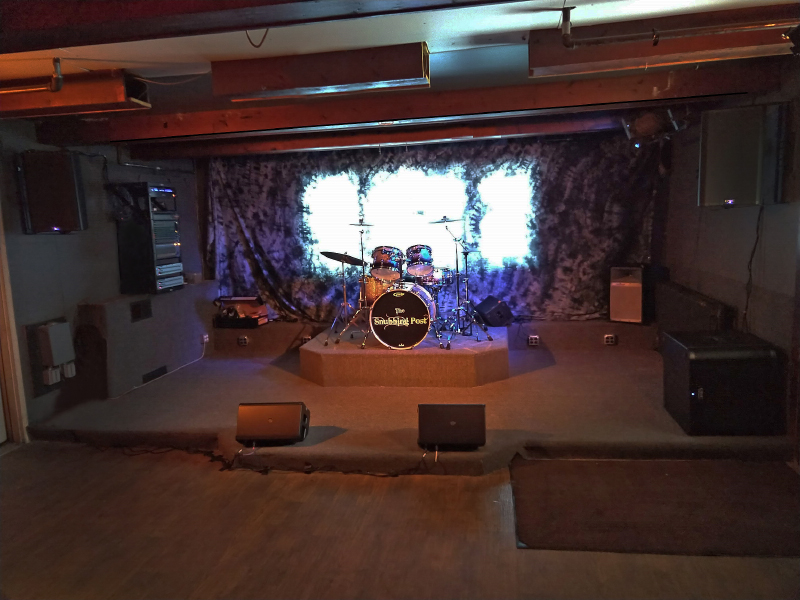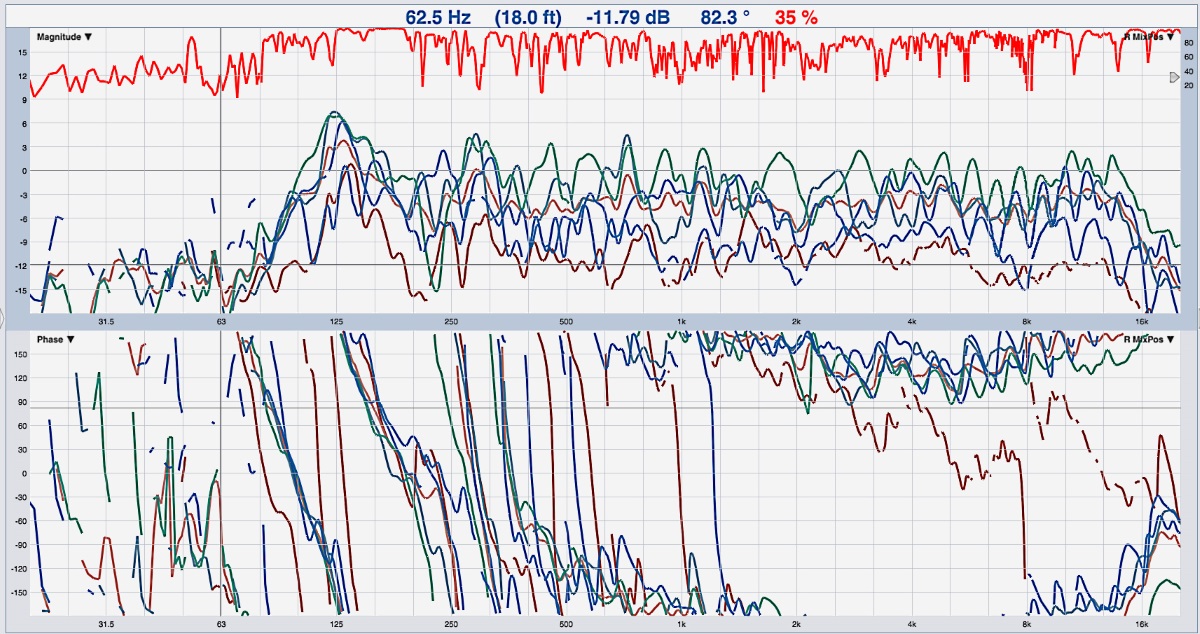
The Real Point
This seems as good a place as any to address the dual-channel elephant in the room: isn’t it a bit ridiculous to send in a system tech with an analyzer to optimize a sound system at a venue not much larger than a basement? There’s a certain feeling of detachment than can creep in when reading work of some of the industry’s optimization pioneers – “Sure, you get to play with million-dollar systems, and I’m stuck mixing speakers on a stick.”
My point in sharing this project is to demonstrate that regardless of scale, the goals are remarkably the same: minimal spectral variance and minimal level variance. I could be in a 15,000-seat arena or a bar with standing room for 15, and either way, I want everyone to hear the same show at the same level.
The biggest mistake I made in my journey of learning about system optimization is fearing the analyzer. This stuff isn’t black magic, it’s the nuanced application of basic principles. Even the analyzer technology itself is easily attainable – the excellent Room EQ Wizard software is free to download and can be used to support all basic system optimization tasks. Simply put, there’s no barrier to entry.
If you’re curious, there’s no excuse not to be out there doing this stuff. Even with this simple-as-they-come, one-box-per-side point source rig, we were able to achieve a remarkable level of front-to-back tonal consistency, with nothing more than a game plan and the loudspeakers’ onboard DSP.
Installation Day
The venue’s layout is asymmetrical, shaped like a capitol “L” with the stage positioned along the short dimension, which means the house right loudspeaker position is doing most of the heavy lifting for most listeners.
Figure 4 shows that the front-back level variance is significant, about 12 dB from the front of the listening area to the guest mix position, but that’s the inescapable physics of point source geometry, and in this context it’s not necessarily a bad thing.
This is a bar, after all, and the level drop-off past the mix position means that patrons can retreat further away from the stage to converse or move closer to watch the performance. A 12 dB front-to-back difference is also less than one would expect based on the distances: aiming the on-axis points of the loudspeakers at the furthest part of the coverage allows us to play the off-axis level loss against the inverse squared law’s level gains as the listener approaches the loudspeaker.

The red line above the magnitude trace in Figure 4 indicates that the coherence (shown here at guest mix position) isn’t fabulous for such a small space. There are plans to install acoustic treatment on the walls and ceiling around the stage, which should improve system intelligibility as well as help with the stage volume of the acoustic drum set, which is one of the biggest challenges mixing in this space.
However, overlaying the traces (Shift-click in Smaart, thanks to Jamie Anderson at Rational Acoustics for this handy tip!) allows us to overlook the level variance and reveals that the tonal response over the listening area is actually very consistent (Figure 5). We can have high confidence that what we hear at mix position will translate well to the whole audience.

